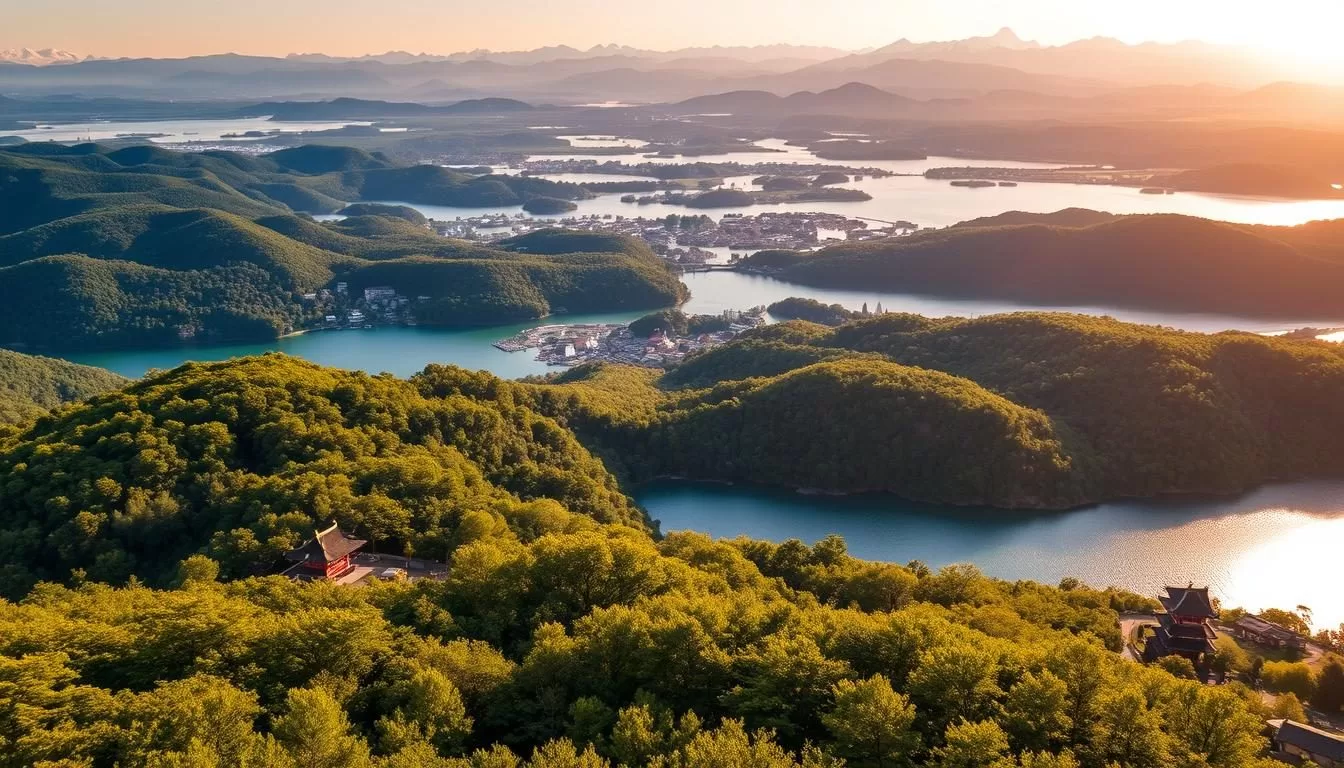As the largest and most populous island in Japan, Honshū is home to a diverse array of cultures, landscapes, and experiences. From the bustling streets of Tokyo to the serene mountain landscapes and coastal gems, Honshū has something for every kind of traveler.
As you plan your trip to this incredible destination, you’ll discover a rich cultural heritage, natural wonders, and culinary delights that make Honshū a world-class travel destination. Whether you’re visiting for the first time or returning to explore more deeply, this guide will help you make the most of your travel experience.
Discovering Honshū: Japan’s Main Island
From bustling cities to serene landscapes, Honshū Island offers a captivating mix of experiences that cater to all interests. As the largest island in Japan, Honshū is a destination that promises an unforgettable journey through its rich history and vibrant culture.
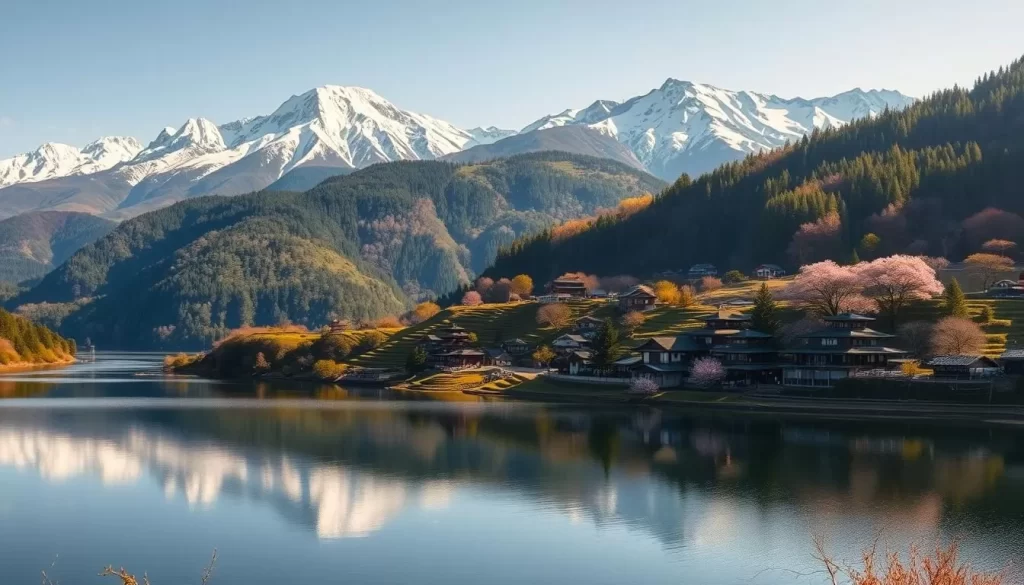
Geography and Regional Overview
Honshū, pronounced ‘hon-shoe,’ is an impressive 88,000 square miles (228,000 km), with a population of around 104 million, accounting for more than 80% of Japan’s total population. The island is divided into five regions: Tohoku, Chubu, Kanto, Kansai (also known as Kinki), and Chugoku, stretching from northeast to southwest. As the seventh-largest islands in the world, Honshū is a significant geographical and cultural hub.
Why Honshū Should Be on Your Travel Bucket List
Honshū is a traveler’s paradise, offering an unparalleled concentration of world-class travel experiences. Here are some compelling reasons to visit:
- Explore ancient temples and shrines, alongside futuristic cityscapes and pristine natural environments, making it a perfect home for diverse interests.
- Discover 11 UNESCO World Heritage Sites, including the iconic Mount Fuji, historic Kyoto, and the Hiroshima Peace Memorial.
- Experience the efficient transportation network that allows you to explore dramatically different landscapes and cultures within short travel times.
- Witness Japan’s remarkable balance between preserving traditional culture and embracing cutting-edge innovation.
- Enjoy authentic experiences tailored to every interest, whether you’re an art enthusiast, food lover, outdoor adventurer, history buff, or technology fan.
In essence, Honshū Island is a microcosm of Japan’s rich heritage and modern vibrancy, making it an indispensable destination for any traveler.
When to Visit: Seasons and Climate on Honshū
Honshū’s climate is characterized by distinct seasons, each offering unique opportunities for travelers. Understanding these seasonal changes is key to planning your trip and making the most of your time on the island.
Spring: Cherry Blossom Season
Spring on Honshū is renowned for its breathtaking cherry blossoms. The blooming period typically occurs in late March to early April, attracting visitors from around the world. It’s a magical time to explore the island’s parks and gardens.
Summer: Festivals and Mountain Escapes
Summer brings warm weather and a vibrant festival scene to Honshū. It’s also an ideal time to escape to the cooler climates of the Japanese Alps, where hiking and outdoor activities await.
Autumn: Spectacular Fall Foliage
Autumn on Honshū is a feast for the eyes, with the changing foliage creating a kaleidoscope of colors across the island. It’s a great time for nature walks and exploring the countryside.
Winter: Snow, Skiing, and Hot Springs
Winter transforms Honshū into a snowy wonderland, particularly in the north and the Japanese Alps. It’s an excellent time for skiing and snowboarding, as well as relaxing in natural hot springs, known as onsen. The contrast between the cold air and warm waters is truly magical.
| Season | Highlights | Activities |
|---|---|---|
| Spring | Cherry Blossoms | Hanami (flower viewing), garden strolls |
| Summer | Festivals, warm weather | Hiking, outdoor festivals |
| Autumn | Fall Foliage | Nature walks, countryside exploration |
| Winter | Snow, Skiing | Skiing, snowboarding, hot springs |
Throughout the year, Honshū offers a diverse range of experiences. Planning your visit according to your interests and the activities you enjoy will ensure a memorable trip.
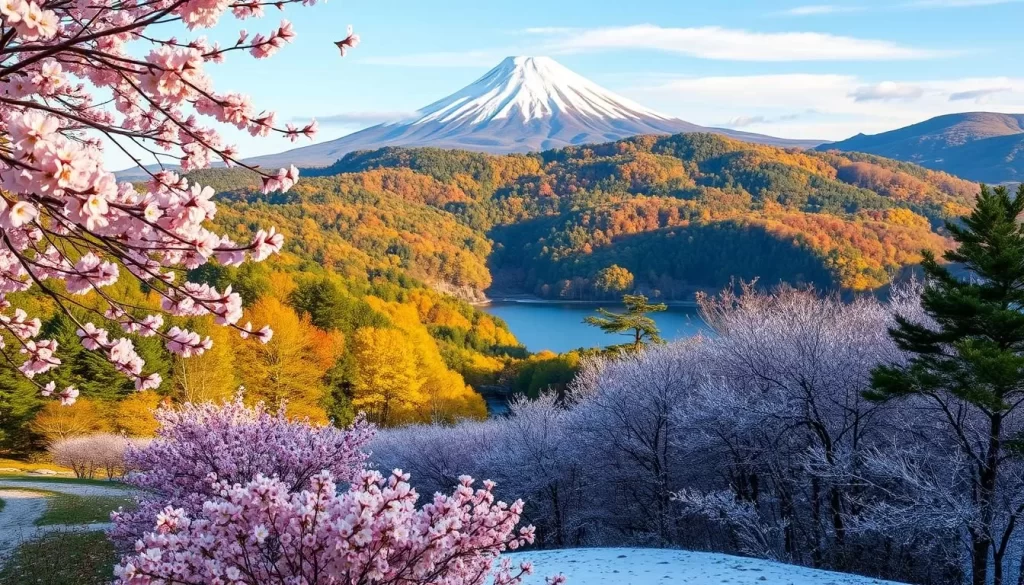
Tokyo: The Ultimate Urban Experience
Tokyo, a city that seamlessly blends tradition with cutting-edge technology, offers an unparalleled urban experience. As you explore this vibrant metropolis, you’ll discover a day full of exciting activities and breathtaking sights.
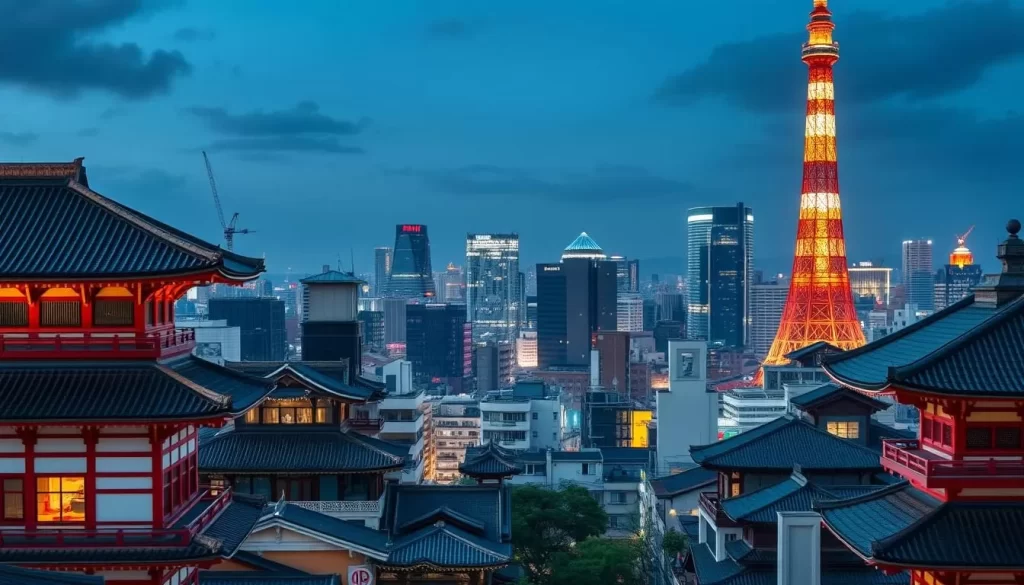
Must-Visit Neighborhoods in Tokyo
Tokyo’s diverse neighborhoods offer a unique glimpse into the city’s eclectic culture. You can explore:
- Ginza, known for its luxury shopping and historic department stores like Mitsukoshi, as well as the architecturally stunning Ginza Six complex.
- Shibuya and Harajuku, which cater to youth fashion with trendy boutiques on Takeshita Street, upscale shopping centers like Omotesando Hills, and iconic complexes such as Shibuya109.
- Akihabara, or “Electric Town,” which is the epicenter of otaku culture, featuring multi-story electronics stores, anime and manga shops, maid cafes, and gaming arcades.
- Odaiba, a futuristic entertainment district with attractions like TeamLab Borderless, the giant Gundam statue, Joypolis indoor theme park, and shopping malls with spectacular bay views.
Each neighborhood provides a distinct experience, showcasing the city’s diverse character. You can easily travel between these areas using Tokyo’s efficient train network.
Cultural Attractions and Museums
Tokyo is home to numerous cultural attractions and museums that offer insights into Japan’s rich history and art. Consider visiting during one of Tokyo’s Grand Sumo Tournaments, held in January, May, and September, for a unique cultural experience.
Shopping and Entertainment Districts
From luxury shopping in Ginza to the vibrant streets of Shibuya and Harajuku, Tokyo’s shopping and entertainment districts are a treat for visitors. You can enjoy a wide range of activities, from shopping at iconic department stores to experiencing the city’s renowned nightlife in areas like Roppongi and Shinjuku’s Golden Gai.
Kyoto: Japan’s Cultural Heart
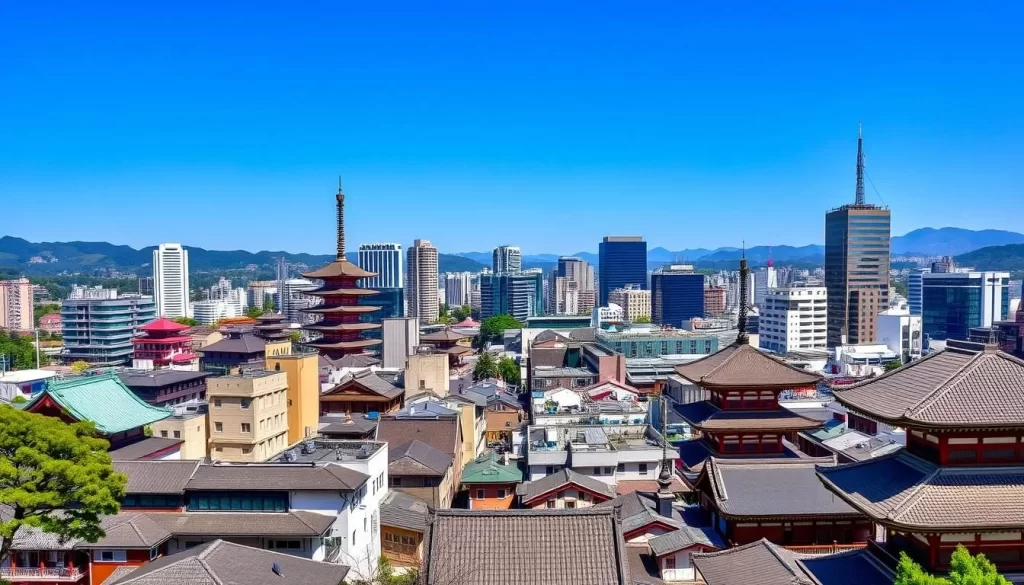
As you step into Kyoto, you’re immediately immersed in a world of ancient temples, vibrant culture, and serene landscapes. This city is a treasure trove of experiences that showcase the best of Japan’s heritage.
Ancient Temples and Shrines
Kyoto is renowned for its ancient temples and shrines, each telling a story of the city’s rich history. Visit the iconic Kinkaku-ji Temple, also known as the Golden Pavilion, which reflects beautifully in its surrounding pond. Another must-see is the Fushimi Inari Shrine, famous for its thousands of vermilion torii gates that form a tunnel up the mountain.
The serene gardens and traditional architecture of these sites offer a glimpse into Kyoto’s spiritual past. Take a moment to appreciate the intricate details and craftsmanship that have been preserved over centuries.
Traditional Experiences in Kyoto
Kyoto offers a variety of traditional experiences that allow you to immerse yourself in local culture. Participate in a traditional tea ceremony, where the art of preparing green tea is performed with grace and precision. You can also explore the city’s many traditional crafts, such as woodblock printing and kimono making.
Day Trips from Kyoto
Several fascinating destinations are just a short train ride away from Kyoto. Take a day trip to Nara, where you can see the giant Buddha at Todai-ji Temple and the friendly deer roaming Nara Park. Alternatively, visit Uji, known for its UNESCO-listed Byodo-in Temple and Japan’s finest green tea. If you’re looking for a more serene experience, Arashiyama, technically part of Kyoto city, offers a bamboo grove, a monkey park, and the scenic Togetsukyo Bridge.
Exploring the Japanese Alps
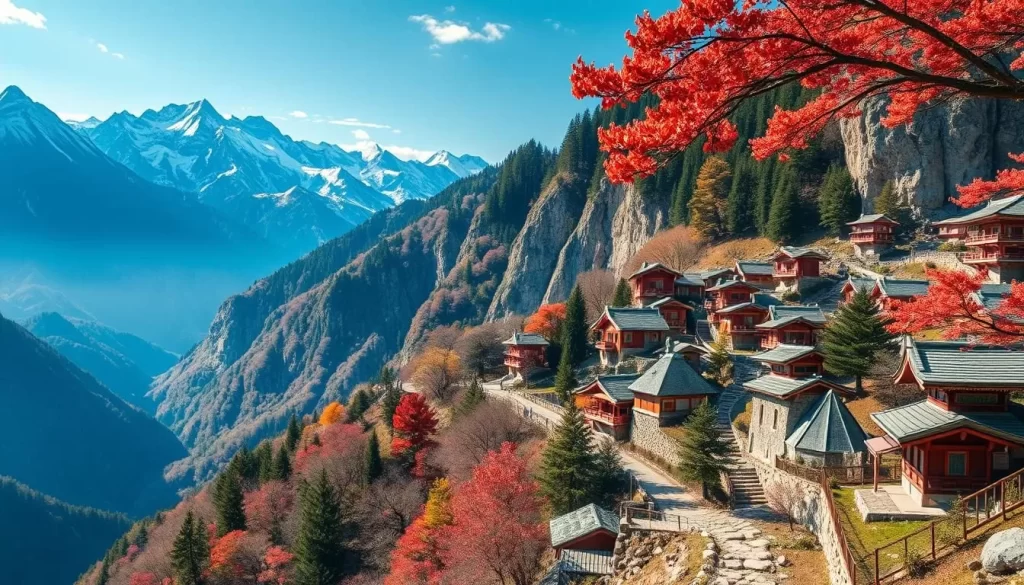
The Japanese Alps, a majestic mountain range in central Japan, offer a diverse range of outdoor activities and breathtaking scenery. This mountainous region is composed of the Hida, Kiso, and Akaishi ranges, making up part of the Central Honshu Mountains.
Hiking and Outdoor Adventures
The Japanese Alps are a paradise for hikers, with numerous trails that cater to different skill levels. You can explore the scenic trails of the Kamikochi valley or challenge yourself with more demanding hikes in the alpine area. The region’s diverse scenery ranges from lush forests to rugged mountain peaks.
Mountain Towns and Villages
The Japanese Alps are dotted with charming towns and villages, each offering a unique glimpse into rural Japan. You can visit Takayama, known for its well-preserved Edo-period architecture, or explore Matsumoto with its striking “Crow Castle.” The UNESCO World Heritage villages of Shirakawa-go and Gokayama showcase traditional gassho-zukuri farmhouses.
Other notable destinations include Nagano, with its spiritual significance and access to mountain scenery, and smaller alpine villages like Hakuba and Nozawa Onsen, which offer authentic rural experiences and gateways to spectacular hiking trails.
Mount Fuji and Hakone Region
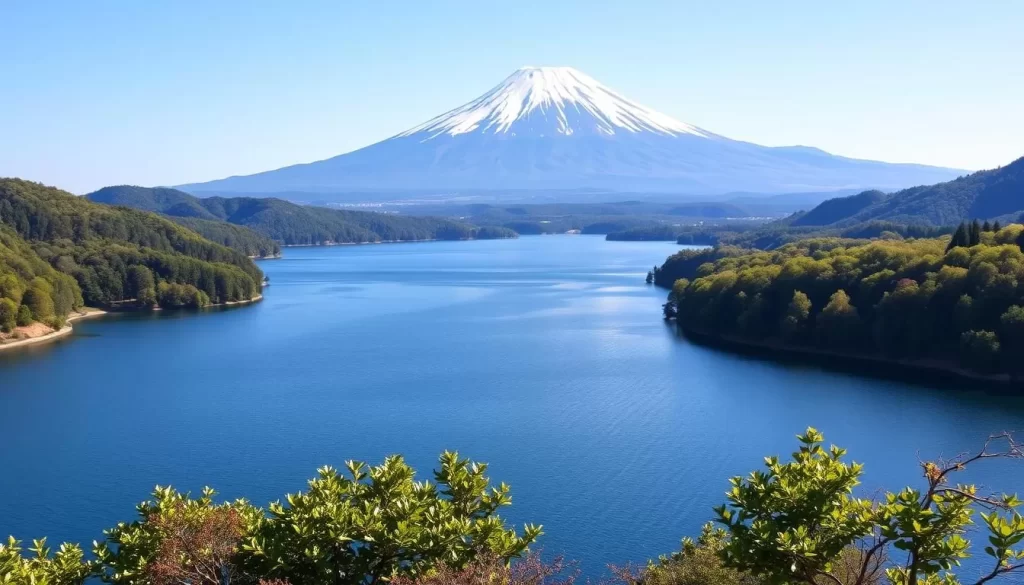
The Mount Fuji and Hakone region is a haven for those looking to experience Japan’s rich cultural heritage and stunning natural landscapes. Located in Kanagawa Prefecture, this area is renowned for its hot springs and breathtaking views of Japan’s iconic mountain, Mount Fuji.
Climbing Japan’s Iconic Mountain
For adventure seekers, Mount Fuji offers a challenging yet rewarding climb. As Japan’s highest mountain, it’s an experience that attracts many. Climbers can choose from several routes, with the most popular being the Yoshida Trail.
Hakone: Hot Springs and Lake Views
Hakone, situated in the mountainous western region of Kanagawa Prefecture, has been a popular hot spring resort for centuries. The area boasts over a dozen distinct onsen areas, each with unique mineral properties. Visitors can enjoy hot spring baths, scenic views of Lake Ashinoko, and the Hakone Open-Air Museum, which features an impressive collection of outdoor sculptures.
The area around Lake Ashinoko offers traditional pirate ship cruises, providing stunning views of Mount Fuji. Additionally, the Hakone Ropeway provides aerial views across the volcanic Owakudani Valley, where you can try the famous black eggs cooked in natural hot springs waters.
Honshū Island, Japan: Best Things to Do – Top Picks for History Buffs
As you explore Honshū Island, you’ll uncover a wealth of historical destinations that are sure to captivate history buffs. From cities steeped in history to ancient towns and heritage sites, Honshū offers a diverse range of experiences.
Hiroshima: A City of Peace and Resilience
Hiroshima, western Honshū’s largest city, is a must-visit destination for history enthusiasts. The Hiroshima Peace Memorial Museum and Peace Memorial Park are poignant reminders of the city’s tragic past. Be sure to visit the iconic Itsukushima torii, a bright red gate that rises out of the Seto Inland Sea, and the gateway to Miyajima Island.
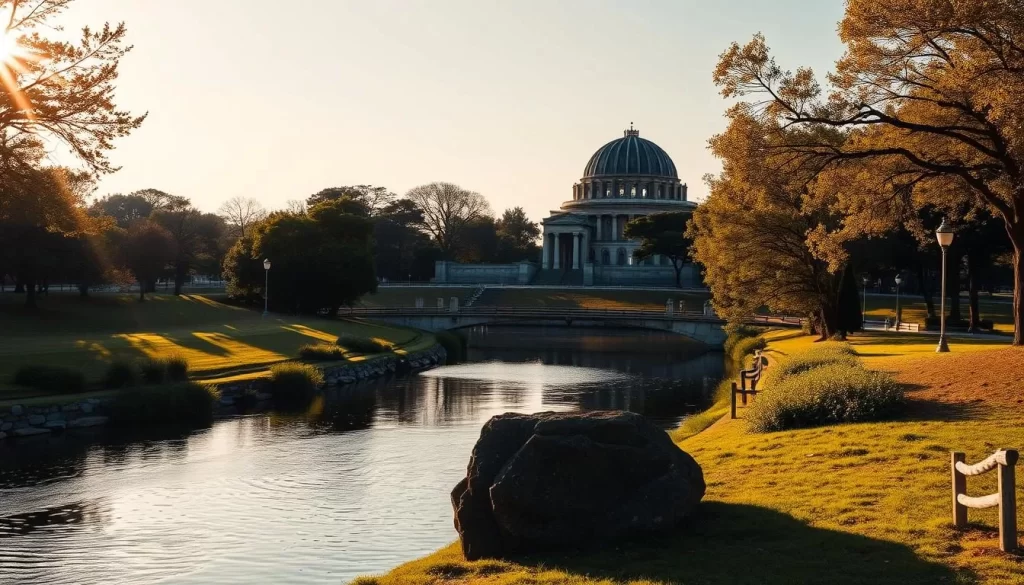
Historic Towns and Heritage Sites
Honshū is home to numerous historic towns and heritage sites. Some notable destinations include Kanazawa, often referred to as “Little Kyoto,” which boasts one of Japan’s most beautiful feudal-era gardens, Kenrokuen, and a well-preserved samurai district. Another significant site is Aizu-Wakamatsu in Fukushima Prefecture, which preserves the history of the Boshin War through Tsuruga Castle and sites commemorating the Byakkotai.
Castles and Feudal History
Honshū Island is dotted with historic castles that showcase Japan’s feudal past. Some of the top destinations include:
- Matsumoto Castle in Nagano Prefecture, known for its striking black exterior and dramatic alpine backdrop.
- Hikone Castle on the shores of Lake Biwa, one of only five castles designated as National Treasures.
- The castle town of Kochi on Shikoku Island, accessible from Honshū, which maintains strong connections to its feudal past.
These castles and historic sites offer a glimpse into Japan’s rich history and cultural heritage, making Honshū Island an ideal destination for history buffs.
Onsen Culture: Relaxing in Natural Hot Springs
Immerse yourself in the rich culture of onsen, Japan’s natural hot springs, found abundantly in Honshū, and experience a unique aspect of the country’s heritage. Onsen have been a cornerstone of Japanese relaxation and rejuvenation for centuries, offering a serene escape from the stresses of modern life.
Famous Onsen Towns in Honshū
Honshū is home to numerous onsen towns, each with its unique charm and history. Kinosaki Onsen, located 93 miles north of Kyoto, is a 1,300-year-old town that embodies the essence of rural Japan. Its strict planning laws have preserved the traditional views and canal-lined streets, making it an ideal destination for a relaxing break.
Onsen Etiquette for First-Timers
When visiting an onsen, it’s essential to follow traditional etiquette to ensure a respectful and enjoyable experience. Before entering the onsen bath, thoroughly wash your body at the washing stations provided. Onsen bathing is done naked, separated by gender, and tattoos are generally not allowed in traditional onsen due to their historical association with organized crime. When entering the bath, do so slowly and quietly, and keep conversations subdued.
Many hot spring towns in various prefectures throughout Honshū offer “onsen-hopping” experiences, where visitors can visit multiple public baths on a single ticket, enjoying different mineral compositions and bath designs while dressed in yukata and geta.
Culinary Journey Through Honshū
Embark on a culinary adventure through Honshū, Japan’s largest island, where diverse regional flavors await. As you travel through this gastronomic paradise, you’ll discover a rich tapestry of tastes that reflect the island’s geography and cultural heritage.
Regional Specialties and Where to Find Them
Honshū is home to a variety of regional specialties that showcase the island’s culinary diversity. In the city of Sendai, you can savor gyūtan, or grilled beef tongue, a local delicacy. The Kyoto region is renowned for its kaiseki cuisine, a multi-course dining experience that highlights seasonal ingredients.
Each region in Honshū offers its unique flavors, making every meal a new experience. Whether you’re in the mood for fresh seafood from the coast or hearty mountain dishes, there’s something for every palate.
Street Food and Market Experiences
The street food scene in Honshū is vibrant, with many markets offering a taste of local cuisine. In Tokyo, visit the famous Tsukiji Outer Market for fresh sushi and seafood. The city’s streets are also filled with vendors selling yakitori and other snacks.
Exploring these markets and street food stalls provides an authentic culinary experience, allowing you to sample a wide range of flavors in an informal setting.
Fine Dining and Michelin-Starred Restaurants
Honshū is a haven for fine dining, with Tokyo boasting more Michelin-starred restaurants than any other city worldwide. Enjoy an exquisite experience at one of the many top-rated establishments, ranging from traditional sushi counters to innovative fusion cuisine.
The emphasis on seasonality and craftsmanship makes dining in Honshū a memorable experience that combines food, culture, and artistry.
Off the Beaten Path: Tohoku Region
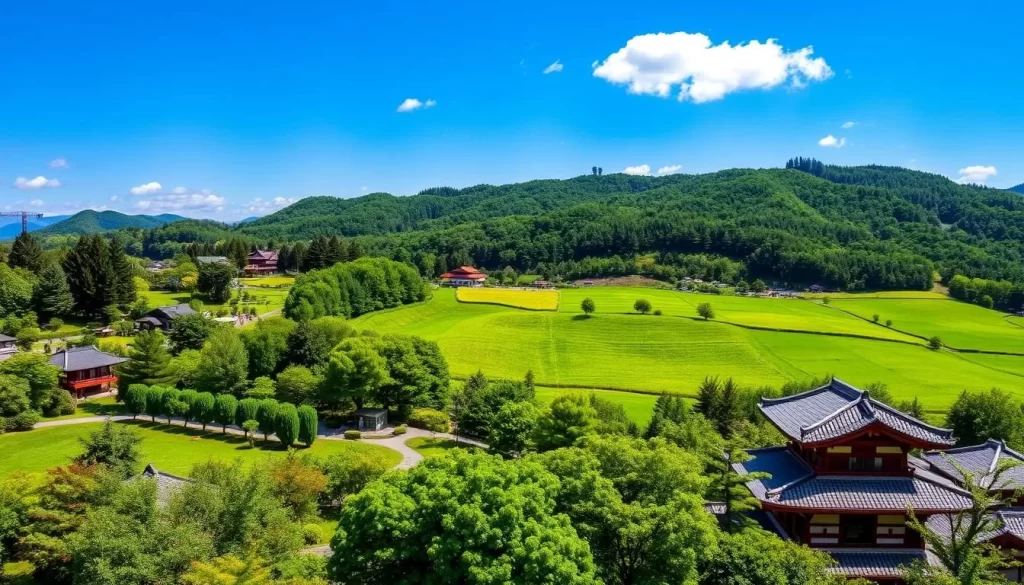
Tucked away in northern Honshū, the Tohoku region offers a unique blend of traditional Japan and untouched natural beauty. This often-overlooked area is home to a diverse range of attractions, from stunning natural landscapes to historic sites and vibrant cultural experiences.
Natural Wonders of Northern Honshū
The Tohoku region is a haven for nature lovers, boasting the Shirakami-Sanchi mountain range, a UNESCO World Heritage site. This pristine area contains the last virgin beech forest in Japan and is home to traditional mountain villages where residents still practice sustainable forestry and gather wild mountain vegetables. In spring, Hirosaki is a must-visit for its breathtaking cherry blossom displays.
Traditional Villages and Rural Experiences
Tohoku is also rich in cultural heritage, with numerous traditional villages and rural experiences to explore. Visit Kakunodate in Akita Prefecture, known as the “Little Kyoto of Tohoku,” to see preserved samurai residences with their distinctive black wooden walls and weeping cherry trees. The village of Tono in Iwate Prefecture is another gem, preserving Japan’s folk traditions and featuring in collected folk tales with mythological creatures. Rural experiences include farmstays, apple picking in Aomori, and learning traditional crafts like Nambu ironware and kokeshi doll making.
Getting Around Honshū: Transportation Tips
Whether you’re exploring cities or countryside, Honshū’s transportation system makes it simple to get around. With Japan’s largest airports, including Narita and Haneda in Tokyo, and Kansai International in Osaka, accessing Honshū is straightforward. The island boasts an extensive railway network, connecting major cities and rural areas alike.
Rail Travel and Japan Rail Pass
The Japan Rail Pass is a cost-effective way to travel across Honshū, especially for those planning to visit multiple cities. It grants access to JR trains, including the famous Shinkansen bullet trains. For instance, the “Golden Route” connecting Tokyo, Hakone, Kyoto, and Osaka can be comfortably covered in 10-14 days using the Shinkansen.
Key Benefits: Unlimited travel on JR trains, buses, and ferries; convenience of not buying individual tickets.
Local Transportation Options
Once you arrive in a city, local transportation options such as subways, buses, and bike rentals are readily available. Many cities have English signage, making navigation easier for international travelers.
- Subways: Efficient and frequent, with English support.
- Buses: Cover wider areas, including suburban regions.
Planning Multi-City Itineraries
When planning your trip, consider using major cities as bases for day trips. For example, Kyoto can serve as a base for visiting Nara, Osaka, and Kobe. Online tools like Hyperdia or Japan Transit Planner can help plan complex itineraries, providing exact travel times and fare calculations.
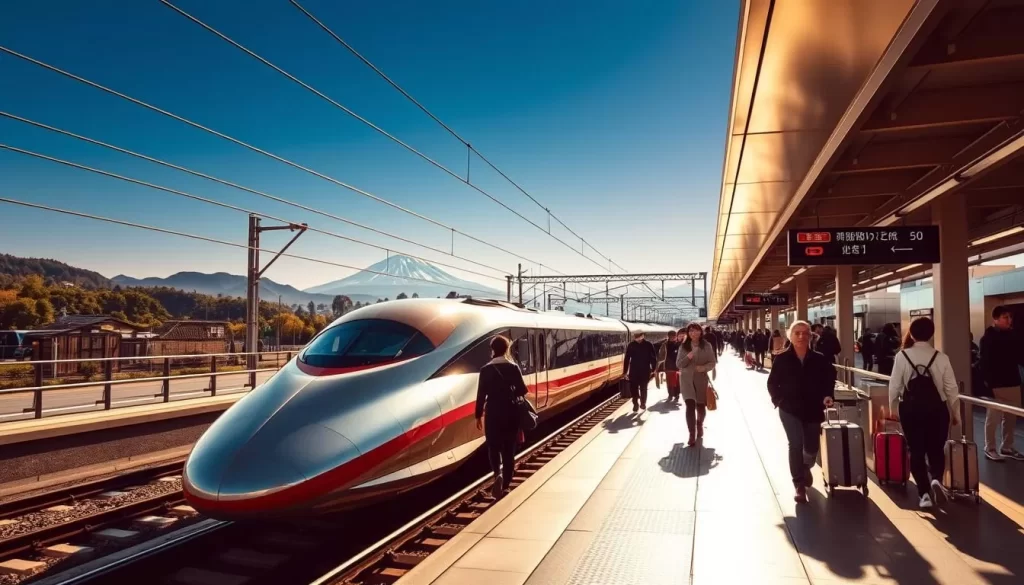
Conclusion: Planning Your Perfect Honshū Adventure
Honshū, the heart of Japan, offers a unique blend of traditional and modern attractions that cater to all kinds of travelers. As you plan your trip, consider the diverse experiences available, from cultural immersion and historical exploration to outdoor adventures and culinary journeys.
For a first-time visitor, combining a few days in Tokyo and Kyoto with excursions to nearby destinations like Hakone, Nara, or Hiroshima provides a well-rounded taste of Japan. However, time of year significantly impacts your experience, with each season offering distinct landscapes and activities.
To truly discover the essence of Honshū, venture beyond the standard tourist routes. Explore the Tohoku region, the Japan Sea coast, or the mountain villages of central Honshū. Allow time for spontaneous exploration and unexpected discoveries, as these often lead to the most memorable experiences on this fascinating island. With careful planning, your trip to Honshū will be an unforgettable travel experience.
The above is subject to change.
Check back often to TRAVEL.COM for the latest travel tips and deals.
